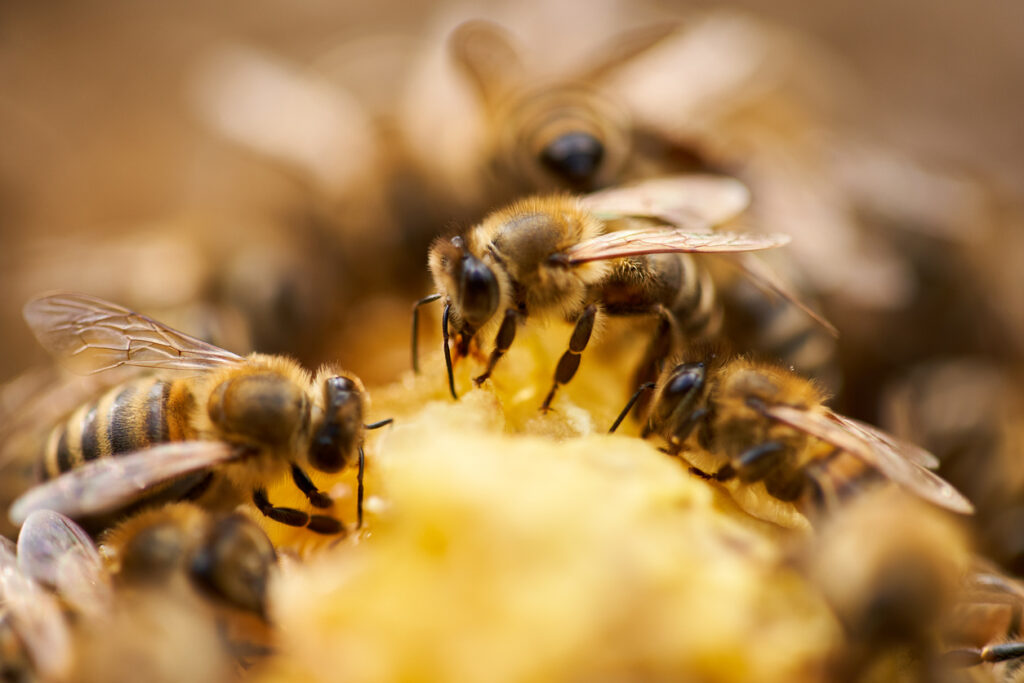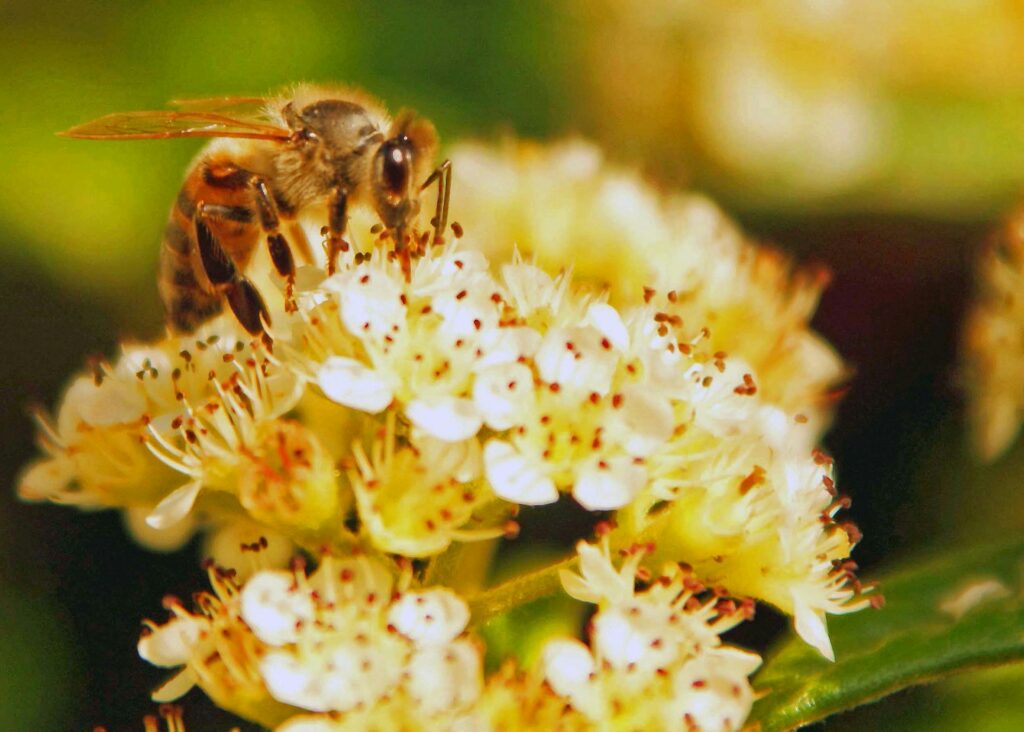
When we picture beekeeping, most of us imagine jars of golden honey, gentle buzzes in summer gardens, and helpful pollinators doing their thing. However, behind the feel-good image of honeybees lies a surprising ecological problem—especially when they’re introduced to places they weren’t meant to be. In one carefully monitored island experiment, a quiet war began when honeybee hives were brought in. The wild bees, once thriving, started to vanish. What looked like a harmless setup quickly exposed something deeper: honeybees may be beloved, but they don’t always play nicely with their wild cousins.
Wild bees were thriving—until honeybees moved in.
The island in question had a stable, healthy population of wild bees before the hives arrived. These native pollinators were adapted to the ecosystem and played a key role in keeping the local plant life balanced. But once the honeybees showed up, things started to change. Fast.
Researchers noticed a sharp decline in wild bee activity, with some species disappearing entirely. It wasn’t because they couldn’t coexist—it was because the newcomers were crowding them out, one flower at a time.
Honeybees are aggressive foragers.
Unlike most wild bees, honeybees operate as massive colonies with thousands of individuals. That means when a patch of flowers blooms, it gets swarmed—fast. The honeybees gather nectar and pollen so efficiently that wild bees don’t stand a chance. That over-foraging leaves less food for solitary native bees, which rely on smaller feeding ranges. It’s not a fight in the traditional sense. It’s more like being consistently edged out of your own habitat.
They don’t just take food—they take up space.
Honeybees can dominate entire areas, not just because of their foraging habits, but because of how they cluster and travel. They cover huge territories and will return to the same spots again and again, giving wild bees fewer chances to recover. For species that are already on the edge due to habitat loss or climate shifts, that kind of competition can be the final straw. Suddenly, the wild bees disappear—and most people don’t even notice.
Their presence affects which plants get pollinated.

Honeybees aren’t particularly selective. They pollinate a wide range of flowers, but not always in the way wild plants need. Native plants often co-evolve with specific wild bee species, relying on their unique behaviours for reproduction. When those wild bees vanish, the plants start to suffer too. As time goes on, ecosystems lose diversity—not just in insect life, but in the plants that support everything from birds to mammals.
They spread disease to wild bee populations.
Another hidden consequence? Disease transmission. Honeybees can carry pathogens like deformed wing virus and fungal infections that easily spread to wild bees when they share flowers or forage in the same areas. Unlike honeybee colonies, which have human intervention and treatment, wild bees have no defence. What begins as innocent coexistence quickly turns into an epidemic for the locals.
Their hives aren’t natural to every ecosystem.
Beekeepers often place hives in environments that can’t support that level of pollination demand. It’s a bit like dropping a supermarket in a small village—the demand outpaces what the land can offer, and the locals pay the price. In these environments, the presence of a high-density hive tips the balance. What used to be a sustainable system starts to collapse under pressure from too many mouths—and not enough flowers.
Wild bees are solitary, and far more fragile.
Most wild bees aren’t part of hives at all. They’re solitary, nesting in holes in the ground, hollow stems, or dead wood. They don’t have the protection of numbers or a queen to back them up. That makes them far more vulnerable to disruption. When their food sources disappear or their nests are trampled or taken over, they simply vanish—and they don’t come back without help.
Most people don’t realise the damage being done.
The story of the honeybee has been largely romanticised. We’re told to save the bees, and rightly so. However, it’s important to know which bees we’re saving, and where. Supporting honeybee populations in the wrong environments can do more harm than good. In this case, researchers found that once the hives were removed, some wild bee populations did start to return, but not all. Some species never reappeared, suggesting the damage may have gone too far.
Rewilding efforts often overlook insect dynamics.
When we talk about rewilding, we often focus on trees, birds, or large mammals. But insects form the foundation of any ecosystem. Ignoring their needs—or worse, unintentionally disrupting them—means those ecosystems won’t function properly.
This island study is a powerful reminder that even well-intentioned efforts, like beekeeping, need careful consideration. What helps one species might quietly hurt another, and once those wild bees are gone, they’re hard to bring back.
Native bees pollinate crops more efficiently.
Many studies have shown that wild bees are actually better pollinators for certain crops. They move more randomly between plants, carry pollen differently, and are more efficient at fertilising flowers than honeybees. So, when wild bees are pushed out, we lose more than just biodiversity—we lose real agricultural value. Protecting native pollinators is as much about food security as it is about saving nature.
Some areas are now banning imported hives.
In response to studies like this, some conservation areas are now banning the introduction of managed honeybee hives entirely. Instead, they’re focusing on restoring native habitat and letting wild pollinators do their job without interference. It’s not an anti-honeybee stance—it’s about ecological balance. Honeybees have their place, especially in agriculture. However, in fragile wild areas, they can easily become an invasive species.
The best way to help bees might be to leave them alone.
We often want to help by stepping in. But sometimes, the best thing we can do is take a step back. Wild bees don’t need hives—they need habitat. They need flowers, undisturbed nesting spots, and a little breathing room from their overachieving cousins.
Before installing more hives or planting bee-friendly gardens, it’s worth asking: what does the local ecosystem need most? The answer might not be more honey. It might just be fewer hives, and a chance for nature to find its balance again.